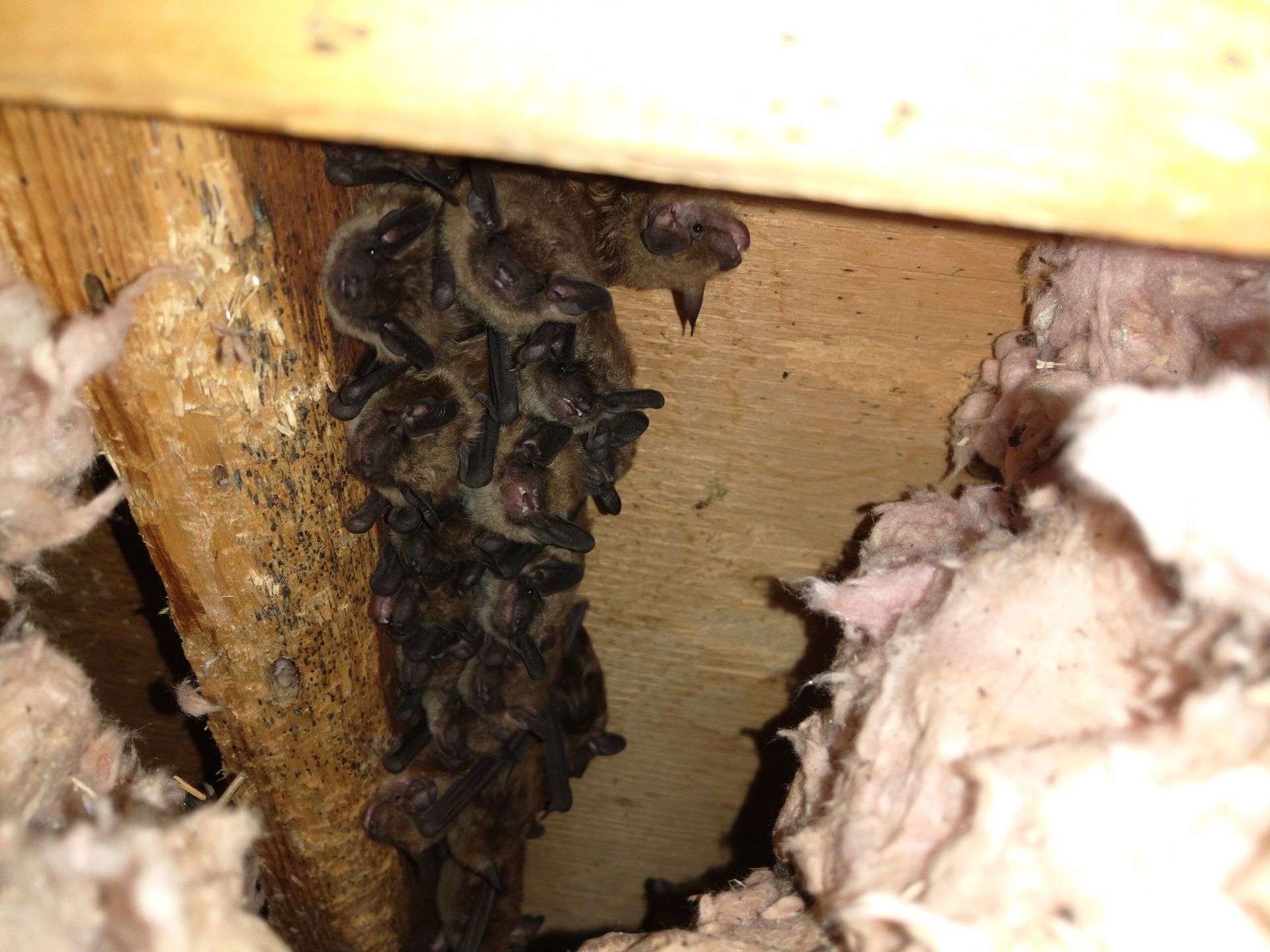
Bat Nets
Bat nets, also known as bat exclusion nets or bat eviction nets, are a crucial tool for humanely removing bats from buildings while ensuring they cannot re-enter. These nets allow bats to exit a structure but prevent them from coming back in. Here is an in-depth guide on bat nets and how to use them effectively to ensure a bat-free home while complying with wildlife protection regulations.
Understanding Bat Behavior
Bats are nocturnal creatures that typically roost in dark, quiet places during the day and emerge at dusk to feed on insects. Common roosting sites include attics, eaves, barns, and other structures. Understanding their behavior is critical for effective exclusion:
- Roosting Habits: Bats often return to the same roosting sites year after year.
- Entry Points: Bats can enter through small gaps or holes as small as 1/2 inch.
Legal and Ethical Considerations
Before undertaking bat exclusion, it’s essential to be aware of local laws and regulations:
- Protection Status: Many bat species are protected by law due to their ecological importance, particularly their role in controlling insect populations.
- Maternity Season: Avoid exclusion during maternity season (typically spring and summer), when young bats are present and cannot yet fly.
Selecting the Right Bat Net
Choosing the appropriate bat net is vital for successful exclusion:
- Mesh Size: The mesh should be small enough to prevent bats from re-entering but large enough to allow them to exit. Typically, a mesh size of 1/4 inch is recommended.
- Material: Durable materials such as polypropylene or nylon are preferred for their weather resistance and longevity.
- Size and Shape: The net should cover all potential entry points with enough slack to create a one-way exit for bats.
Preparing for Exclusion
Preparation is crucial for effective and humane bat exclusion:
- Inspection: Conduct a thorough inspection to identify all active and potential entry points. Look for gaps around chimneys, vents, eaves, and other openings.
- Timing: Plan exclusion for late summer or early fall when bats are not raising young and are more likely to find alternative roosts.
- Safety Gear: Use protective gear, including gloves, masks, and long sleeves, to avoid contact with bat droppings, which can carry diseases like histoplasmosis.
Installing Bat Nets
Proper installation ensures bats can exit but not re-enter:
- Secure the Perimeter: Install the net around the entry point, ensuring it extends several feet beyond the opening in all directions. This prevents bats from finding a way around the net.
- Create a One-Way Exit: Leave the bottom edge or one side of the net open or loosely secured to create a flap. This flap allows bats to exit but not return, as it collapses when they try to re-enter.
- Attachment Points: Use staples, nails, or adhesive to secure the net around the entry point. Ensure there are no gaps larger than 1/4 inch, as bats can squeeze through small openings.
Monitoring and Maintenance
Regular monitoring and maintenance are essential for ensuring the effectiveness of bat nets:
- Daily Checks: During the initial exclusion period, check the nets daily to ensure they remain secure and effective.
- Observation: Watch for bat activity at dusk to confirm that bats are exiting and not re-entering.
- Adjustments: Make necessary adjustments to the nets if bats are found re-entering or if the nets become loose.
Post-Exclusion Steps
Once bats have been successfully excluded, take additional steps to ensure they do not return:
- Permanent Sealing: After all bats have exited (usually within a week), permanently seal all entry points using materials such as caulk, steel wool, or metal flashing.
- Cleaning and Disinfection: Clean and disinfect areas contaminated by bat droppings and urine to prevent health hazards and discourage bats from returning.
- Habitat Modification: Trim trees and shrubs near the building to reduce potential roosting sites and make the area less attractive to bats.
Alternatives and Complementary Measures
Consider additional methods and measures to enhance bat exclusion:
- Bat Houses: Install bat houses away from your home to provide an alternative roosting site, encouraging bats to relocate rather than entering your home.
- Professional Help: If you are unsure about the exclusion process or face a large infestation, consider hiring a professional wildlife control expert. They have the expertise and tools to handle bat exclusion humanely and effectively.
Common Challenges and Solutions
Exclusion can come with challenges that require specific solutions:
- Persistent Bats: If bats are persistent in finding new entry points, re-inspect the building and ensure all gaps are sealed.
- Structural Damage: Address any structural damage that could provide new entry points, such as loose shingles or gaps in siding.
- Multiple Roosting Sites: If bats are using multiple sites, ensure that all potential roosting areas are covered with exclusion nets and sealed once bats have left.
Conclusion
Using bat nets for exclusion is a humane and effective method to remove bats from your home while protecting them and complying with wildlife laws. By understanding bat behavior, selecting the right materials, and following proper installation and monitoring steps, you can successfully exclude bats and prevent future infestations. Complementary measures, such as installing bat houses and hiring professionals if needed, further enhance the effectiveness of your exclusion efforts. With careful planning and execution, you can maintain a bat-free home and coexist with these important creatures in a mutually beneficial way.

